I do not water my garden
hishouse
9 years ago
Related Stories

GARDENING GUIDESGreat Design Plant: Anemone Canadensis Adds Pizzazz to Water’s Edges
Plant Canadian anemone along pond, lake or stream edges for a splash of white flowers in late spring
Full Story
CONTAINER GARDENSContainer Garden Basics: How and When to Water Potted Plants
Confused about soil moisture, the best time to water and what watering device to use? This guide can help
Full Story
GARDENING GUIDES6 Plants for Colorful Fall Foliage in the Water-Wise Western Garden
Try these colorful, drought-tolerant additions to your garden for a fall season filled with color
Full Story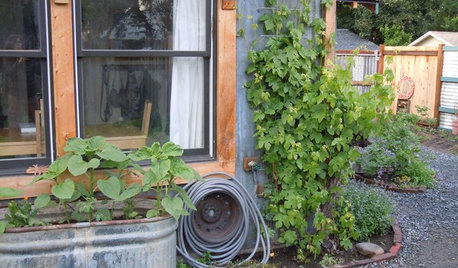
GARDENING GUIDESEdible Gardening Essentials: Tips for Traditional Hand Watering
Save the expense and hassle of a complicated garden system with a simple watering can or inexpensive hose add-ons
Full Story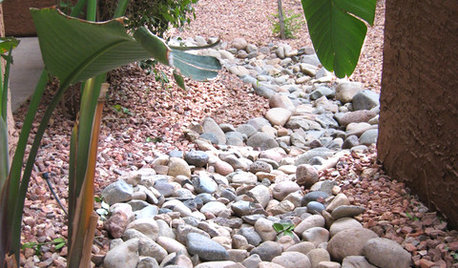
GARDENING AND LANDSCAPINGDry Riverbeds Solve Water Runoff
Spring rains don't have to lead to slides. Dry riverbeds redirect water runoff and add beauty to your landscape
Full Story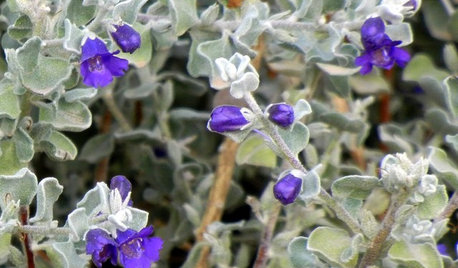
GARDENING GUIDESGreat Design Plant: Violet Silverleaf Thrives on Scant Water
Purple flowers transform silvery, sun-loving Leucophyllum candidum, while its easy care may change your gardening routine
Full Story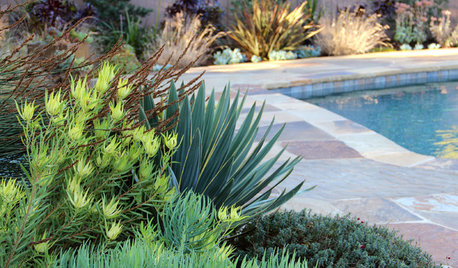
PLANTING IDEAS7 Stunning Plant Combinations for Low-Water Gardens
Find inspiration in these beautiful drought-tolerant companion plantings
Full Story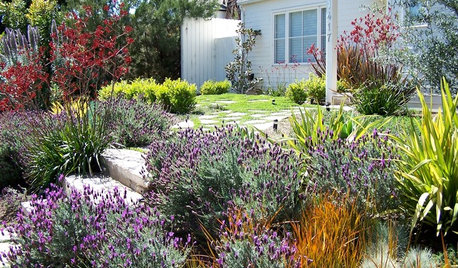
SAVING WATERGreat Plants for Lush, Low-Water Gardens
Water restrictions making your garden look washed out? Give it living color with unthirsty grasses, flowers and succulents
Full Story
SAVING WATERXeriscape Gardens: How to Get a Beautiful Landscape With Less Water
Conserve water and make gardening much easier with the xeriscape approach’s 7 principles
Full Story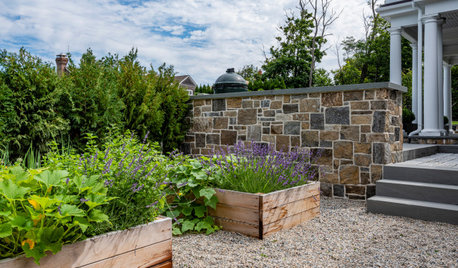
GARDENING GUIDES9 Ways to Be Water-Wise in the Edible Garden
Consider these tips to get a healthy backyard crop that uses less water
Full StorySponsored
Central Ohio's Trusted Home Remodeler Specializing in Kitchens & Baths



pnbrown
User
Related Discussions
I don't water.
Q
How do I water the garden properly?
Q
Do I water my seedlings before or after I transplant them?
Q
Frozen water garden with frogs. Do I need to poke a hole?
Q
hishouseOriginal Author
hishouseOriginal Author
hishouseOriginal Author
hishouseOriginal Author
hishouseOriginal Author
hishouseOriginal Author
hishouseOriginal Author
hishouseOriginal Author
hishouseOriginal Author
aurorawa
hishouseOriginal Author
hishouseOriginal Author
hishouseOriginal Author
FrancoiseFromAix
pnbrown
hishouseOriginal Author
hishouseOriginal Author
FrancoiseFromAix
FrancoiseFromAix
FrancoiseFromAix
FrancoiseFromAix
hishouseOriginal Author
pnbrown
FrancoiseFromAix
pnbrown
User
hishouseOriginal Author
hishouseOriginal Author
hishouseOriginal Author
hishouseOriginal Author
hishouseOriginal Author
hishouseOriginal Author
hishouseOriginal Author
hishouseOriginal Author
hishouseOriginal Author
aurorawa
pnbrown
hishouseOriginal Author
hishouseOriginal Author
dbarron
hishouseOriginal Author
pnbrown
hishouseOriginal Author
hishouseOriginal Author
pnbrown
hishouseOriginal Author
hishouseOriginal Author
hishouseOriginal Author